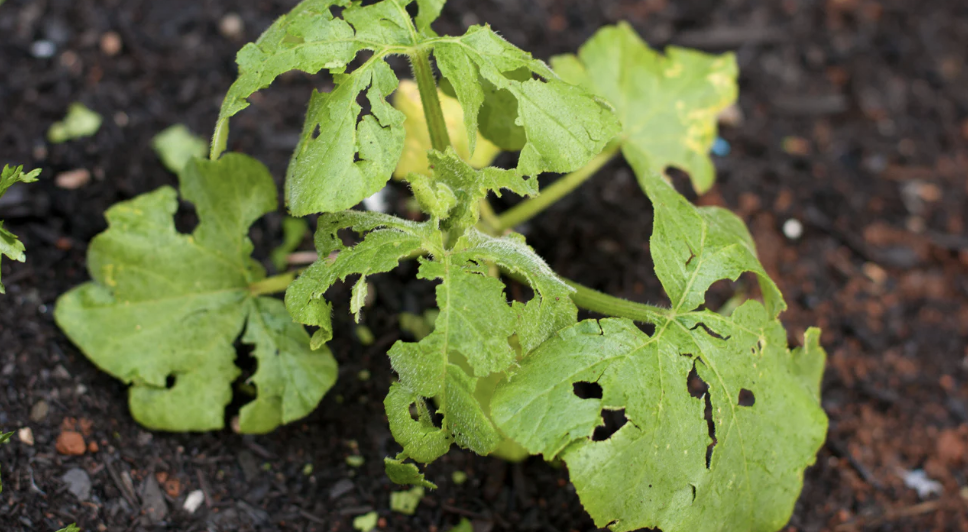To Replant or Not to Replant?
Although there is no single solution to mitigate the impact of a severe hailstorm, it’s sometimes helpful to take a few minutes and remember some of the strategies we can pull out of our toolboxes to help promote healing.
Gardens, like their caretakers, are resilient and have an amazing capacity to ‘come back’ after the most challenging of situations. For a few days after a severe hailstorm, allow for grieving to occur but don’t concentrate on this aspect.
Carefully look for signs of new growth, and realize that given the crop or time in the season in which hail occurs, many plants will have time to recover.
After several days, spread about ½ inch of aged, landscape–based compost around all plants, and, using a hoe, hand trowel, or other type of cultivating tool, lightly dig it into the soil, taking care to not dig deeply or damage roots. Hail storms lead to hard, crusted soil, and a light cultivation not only opens air channels but also allows for the slow release of nutrients obtained from compost.
How To Care For Hail-Damaged Plants
Tomatoes have the benefit of producing new side shoots from many of the leaf nodes so watch for this new growth before pruning them back.
Prune back damaged tops of eggplants and peppers to an outward-facing node.
Remove shredded leaves that may be on the soil surface to prevent places for slugs, cutworms, and other moisture–loving critters to move in.

Use a foliar spray (a spray bottle is fine) with one tsp. of liquid kelp per pint of water & spray all foliage with this solution. Kelp provides many micronutrients and also compounds known as cytokines that stimulate and strengthen new plant growth.
Remove outer leaves of damaged lettuce and squash, to stimulate new growth.
Replant seeds of collards, summer squash, basil and beans. There’s plenty of time left in the season for them to flourish.
Plant marigolds and zinnias around the edges of beds to attract beneficial pollinators.
Consider erecting windbreaks of fallen branches near crops to break the force (next time, of course) of pounding rain, wind and/or hail. Branches can be erected in ‘teepee like’ structures to straddle rows of taller crops. If crops are low enough, a basic cover of several layers of garden row cover (often sold as ‘season extenders’ or frost protection) placed directly over the crops and weighted down with rocks or soil at the bottom may provide some protection.
Most of all, celebrate you! Realize that you play an essential part in the garden’s recovery. Hail is a natural part of our Colorado landscape—but so are the incredible blue skies, relatively few problems with disease-causing organisms and smiles we gain from noticing that first new shoot that seems to stand out so strongly as a survivor—a testament to the caring spirit of you—that special person working in partnership with the earth.



